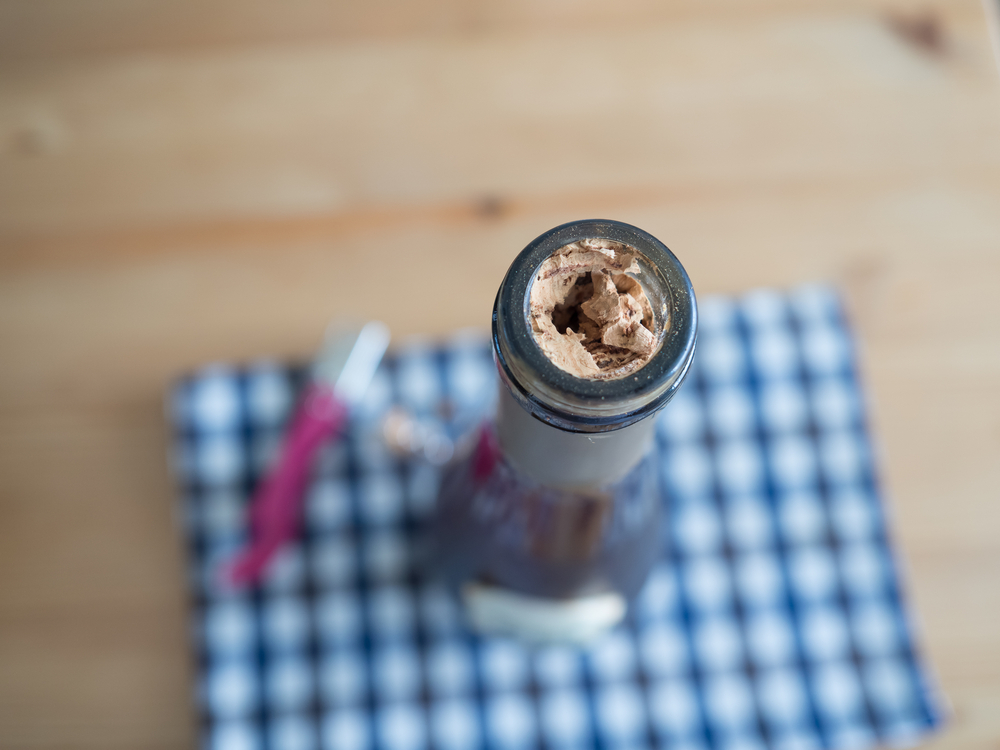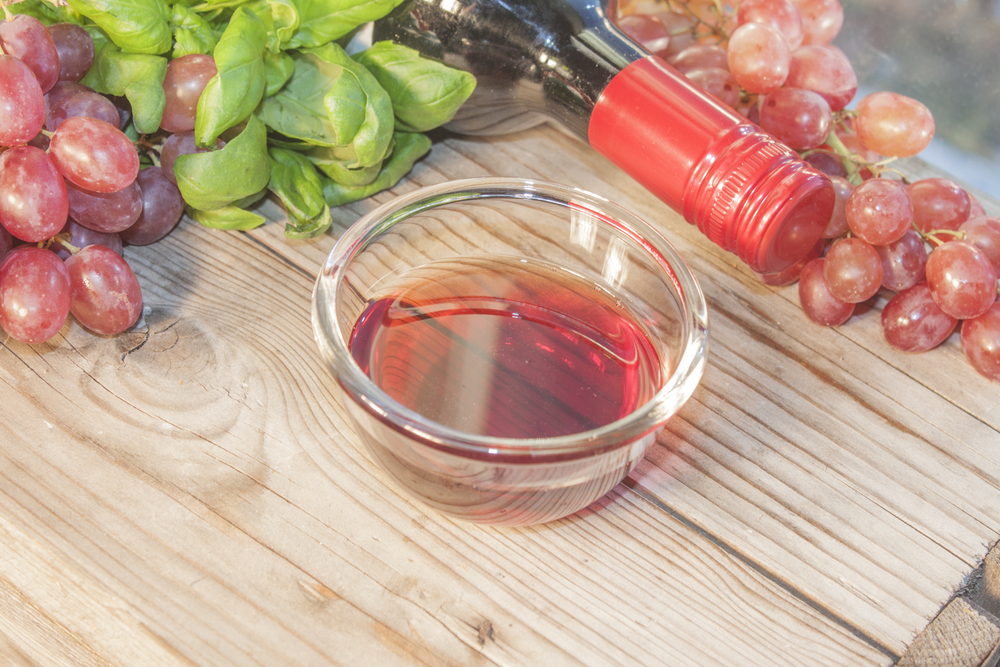There’s nothing worse than coming home from a tiring and stressful day at work to pour yourself a glass of wine, only to find it doesn’t taste or smell quite right.
Whether the aroma isn’t quite as oaky as you’d remembered or the taste doesn’t pack the same fruity punch, it’s always off-putting when the quality of a bottle of wine isn’t up to standard.

Could it be that the wine is unsuitable to drink? If so, what are the potential after effects of consuming bad wine?
This guide will take an in-depth look at what to do if your wine doesn’t taste as it should, including all the information you need to know about “faulty” and “flawed” bottles of wine, the best ways of identifying a bad bottle of wine, and the potential consequences of consumption.
Furthermore, we’ll also look to answer some of the frequently asked questions!
Flawed Wine Vs Faulty Wine
While you may think there’s little difference between a “flawed” bottle of wine and one that’s “faulty”, it’s important to differentiate between the two causative agents.
A “flawed” wine refers to a range of minor differences that can make a bottle of wine taste, smell, and look different from its traditional state.
There are several reasons why a wine could be flawed, with the vast majority of them related to external factors rather than the actual wine-making or the process of fermentation.
Examples of factors that can easily introduce flaws to your wine include incorrect storage and serving wine in dirty glasses.
On the other hand, “faults” in wine usually occur during the wine-making process or during fermentation. Unlike flaws which often depend on individual preference, faults can make a wine undrinkable.
That being said, all wine has to go through a pretty rigorous process before it reaches the consumer, so it’s highly unlikely that you’ll find a seriously substandard bottle up for sale on the shelves.
Identifying A Flawed Bottle Of Wine
If you’re unsure whether a wine at the back of your kitchen cupboard is okay to drink or not, there are a number of effective methods of identifying a flawed bottle of wine. Listed below are four of the best.

Scent Of Vinegar
This is perhaps the easiest way of telling whether your wine is “flawed” or not. Needless to say, if your wine emits a vinegary scent or one that resembles nail polish remover, it’s highly likely that it’s been affected by acid bacteria.
This defect changes the taste of the wine and is known as volatile acidity.
While volatile acidity can have a significant effect on the taste and smell of the wine, it isn’t necessarily a disastrous issue as you can still drink the wine, even if it doesn’t provide the aftertaste and scent you expect.
Just keep in mind that it’s a good idea to steer clear of the affected wine if you’re sensitive to acidity. This is because bottles of wine with this defect can cause a burning sensation. Although it is worth mentioning that all wines are acidic to some level.
The Presence Of Bubbles
If there are bubbles in your wine, you’ll notice that it’ll be slightly fizzy.
This isn’t a good sign (unless of course it’s a bubbly wine like champagne, which can go bad too) and usually indicates that the fermentation process is still going on inside the bottle.
If this is the case, you should grab another bottle (ideally one from a different brand) and see if it also has the same defect.
If you can get past the unusual sparkling effect, the good news is that it’s safe to drink the wine as it is. Just be wary that the taste may not be exactly what you wanted.
Brown Pigment
If a bottle of wine has been exposed to air, it’ll typically exhibit a browner than usual color. In the case of aged bottles of wine, this fault can occur in both white and red wine. For example, if red wine is exposed, it’ll oxidize, losing its bright red color.
If, however, the wine has only aged for a couple of years, brown pigment is a definite sign that it’s been overly-exposed to oxygen from the air.
If you want to test this theory for yourself, leave a completely fine bottle of wine exposed to the open air for a couple of days and see what happens.
To avoid any kind of air exposure when storing wine, it’s recommended to buy some air-tight wine bottle toppers.
Burnt Rubber Smell
Whether it’s the smell of burnt rubber or a similar scent of cooked cabbage, these are two things you don’t want to enter your nostrils when pouring yourself a glass of wine.
While this fault in wine is extremely rare, the smell of burnt rubber or cooked cabbage usually indicates that sulfur compounds have developed in the wine during the wine-making process. If this is the case, it’s definitely a good idea to pour it away and choose another bottle to drink.
Common Types Of Faulty Wine

We’ll now take a look at three common causes of faulty wine, as well as how to quickly recognize them.
Corked – this common fault occurs when the cork of the bottle has become infected with TCA – a natural compound that’s formed on plants. The majority of modern-day corks are treated against TCA, so the incident of “corked wine” is becoming far less frequent. The best way to detect corked wine is to sniff the wine and see if you can notice a wet cardboard scent.
Cooked – this fault happens when a wine is allowed to overheat. This can occur when kept in a basement next to a heater, in the car on the way home from the store, and so on.
A constant temperature is the key to effective wine storage, so avoid exposing it to high temperatures. An obvious sign of this fault is if the cork has begun to stick out of the neck of the bottle due to the wine expanding in the heat.
Brett Yeast – too much Brett Yeast can give the wine a repulsive barnyard smell. It’s omnipresent in wine-making and usually provides the alcoholic beverage with a pleasant earthy aroma. Too much, however, can make it smell and taste like manure.
Effects Of Drinking Bad Wine
As is the case with most alcoholic beverages, you’ll quickly become sick if you overindulge in too much Merlot or Sauvignon Blanc. However, if your primary concern is whether wine gradually becomes worse and lower in quality as it gets older, then there’s no need to worry.
As mentioned previously, red wines have a tendency to turn vinegary when they go bad, giving the wine an unfavorable taste and smell. While this may be difficult and unpleasant to drink, it isn’t actually chemically contaminated, so therefore, shouldn’t harm you.
The only time when wine can be harmful and bad for human consumption is when it becomes contaminated with pathogens. Situations such as these are extremely rare, and you’d have to intentionally pollute the wine for it to happen.
The reason why wine is hardly ever contaminated to the point that it’s harmful for human consumption is because of the high alcoholic content (which can make you drowsy). This acts as a bactericide and makes sure the wine remains safe for drinking – even if it doesn’t taste or smell as it should.
Frequently Asked Questions
Can You Get Poisoning From Wine?
As is the case with any alcohol, drinking wine is fine in moderation. However, excessive consumption of wine in a short period of time can lead to alcohol poisoning.
When you drink alcohol such as wine, beer, or liquor, the stomach digests and absorbs the alcohol before it enters the bloodstream, causing blood alcohol levels to rise.
Thankfully, your liver is able to break down the alcohol when it’s consumed in moderation, however, when blood alcohol levels are incredibly high and an excessive amount of alcohol is consumed, the liver is unable to remove the toxins quickly enough.
This results in alcohol poisoning.
Is It Safe To Drink Old Unopened Wine?
Unopened wine has a considerably longer shelf life than opened wine. Despite this, it can still go bad after an extended period of time.
If you open a bottle of wine past its expiration date (usually printed at the top or back of the bottle), you can still drink it as long as it tastes and smells okay.
Does Wine Go Bad In The Fridge?
For opened bottles of white and rose wine, you should be able to keep them going for around two to three days in the fridge. Just be sure to use a cork stopper.
Some wines may last a little longer after opening and can be consumed four to five days later. This all depends on the style and brand of wine as it can often vary.
How Long Should You Age Red Wine?
Red wines are pretty flexible when it comes to ageing. Some wines can be aged for as little as three to five years, while others may remain in a cellar for a couple of decades. Furthermore, some bottles you find in a store may have already been aged for a few years.
- Shrimp Cocktail (and More) Wine Pairing Guide - 09/06/2022
- What Wine Serving Sizes Look Like: Standard Size and More - 08/06/2022
- How Much Sugar is in Wine: Glass and Bottle Sugar Content - 08/06/2022






